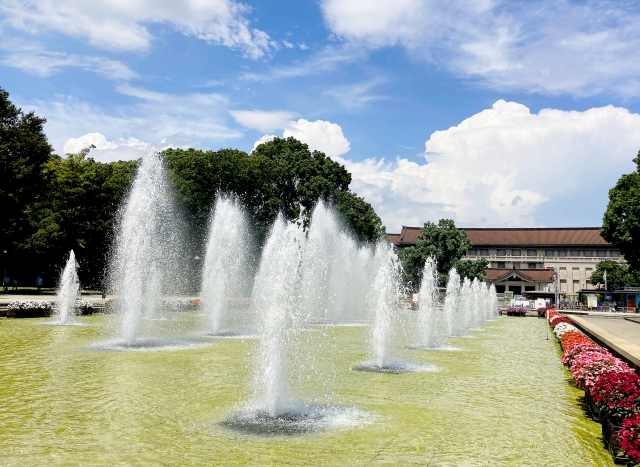The vast grounds once housed a Buddhist temple
The temple became a battlefield during a civil war and vanished
It has since become a cultural epicenter, blessed with art galleries, museums, and more
In this expansive land, there once stood Kaneiji Temple, founded in the early Edo period (early 17th century). This temple served as a prayer hall for the Tokugawa Shogunate and was their family temple. However, in 1868, during the collapse of the Tokugawa Shogunate, it became a battlefield, resulting in the loss of most of its structures. The main hall once stood where the fountain plaza is now located. Remnants of the temple include the Five-story pagoda and Kiyomizu Kannon Hall, preserving their appearance from that era.
The Meiji government initially planned medical facilities for this site, but a Dutch military doctor proposed the idea of turning it into a park. In 1873, it opened as one of Japan’s first Western-style parks. Over time, museums, art galleries, an art university, and a concert hall were established on the premises, solidifying its status as a cultural hub. Additionally, the park features a zoo and serene ponds for boating, providing enjoyment across all ages.
Cherry blossom trees have lined the approach since the Edo period, making Ueno renowned for its cherry blossoms. Ueno Park, as a place where history and culture intersect, serves as a tranquil spot for people to engage with. Access from JR Ueno Station’s Park Exit is convenient.
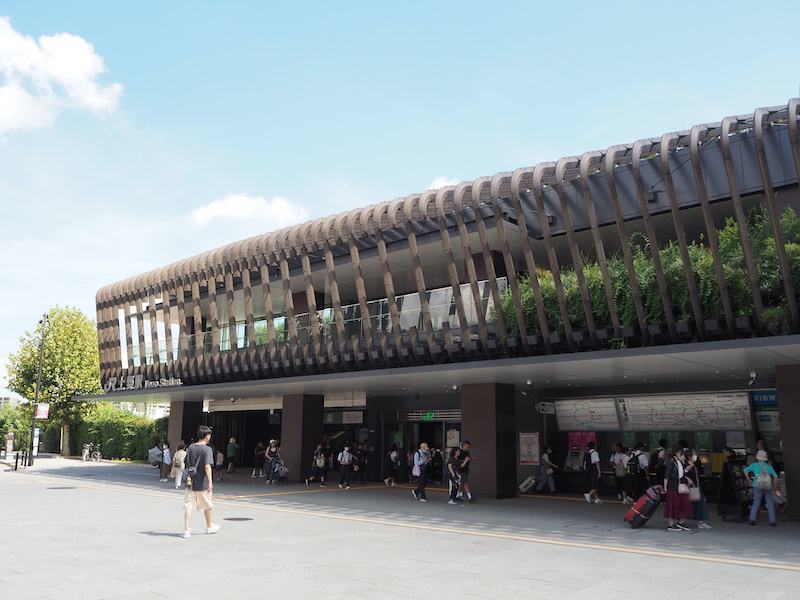
JR Ueno Station Park Exit: Inaugurated in 1883, this location was once lined with sub-temples of Kaneiji Temple. This ticket gate was renovated in 2020
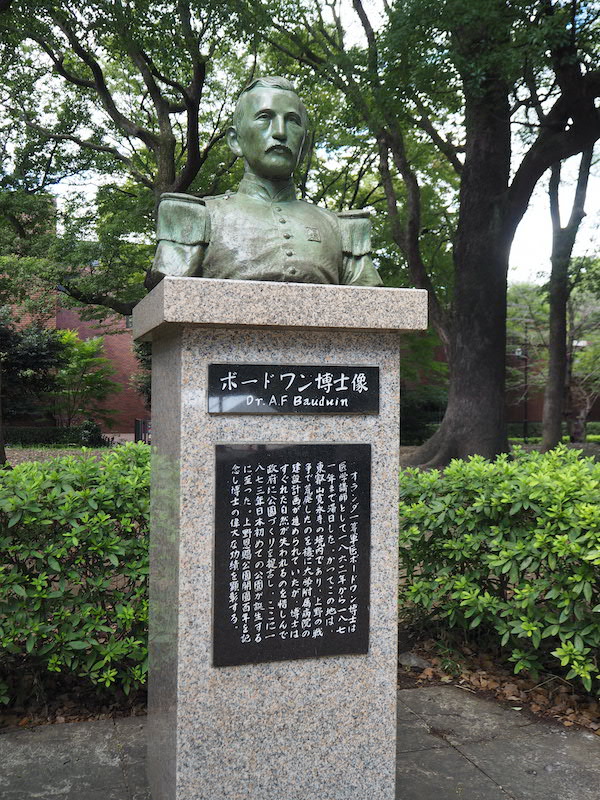
Dr. A.F. Baudwin‘s bust stands quietly within the park, honoring his advice that became the catalyst for this place to transform into a park. He was a Dutch national and one of the contributors to the modernization of Japan in the early Meiji era.
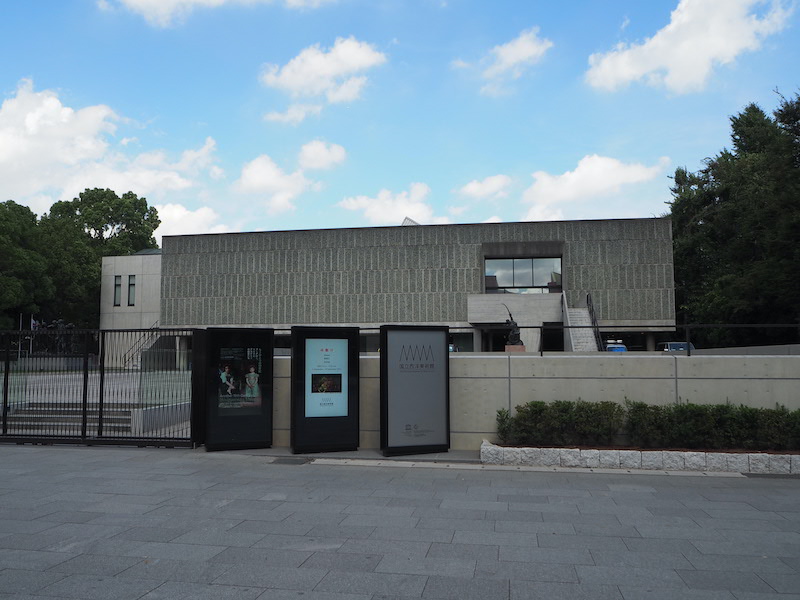
National Museum of Western Art: Opened in 1959, this institution is founded upon the collection of paintings and sculptures gathered by Kojiro Matsukata during the early 20th century in Europe. The building itself, designed by Le Corbusier, is listed as a UNESCO World Heritage Site.

Tokyo Bunka Kaikan: The concert hall, inaugurated in 1961, was designed by Kunio Maekawa, a disciple of Le Corbusier.
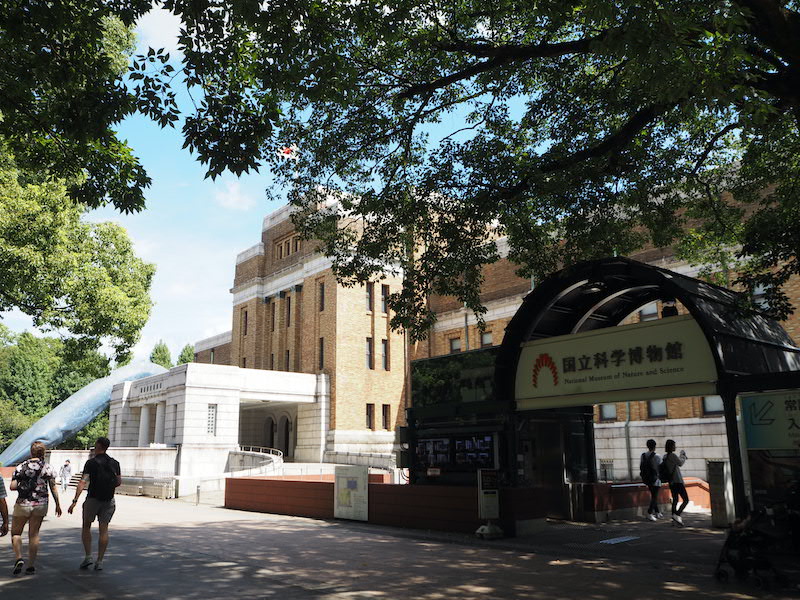
National Museum of Nature and Science,Tokyo: This is Japan’s largest comprehensive science museum, featuring over 25,000 exhibits. From space and dinosaurs to Japan’s unique ecosystems and the history of its scientific and technological advancements, it offers exploration into a wide array of subjects.
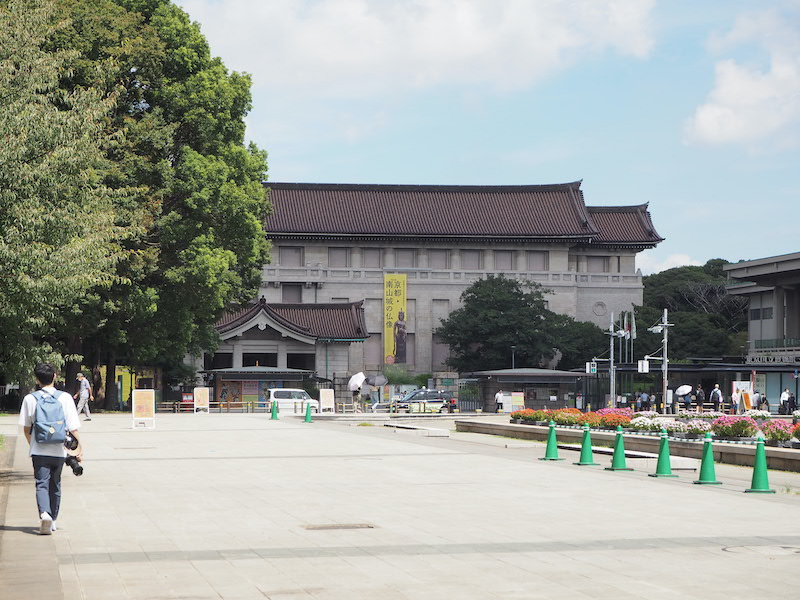
Tokyo National Museum: This museum boasts the longest history among museums in Japan. It houses and preserves a diverse collection of Japanese and East Asian art and artifacts, totaling over 120,000 items.
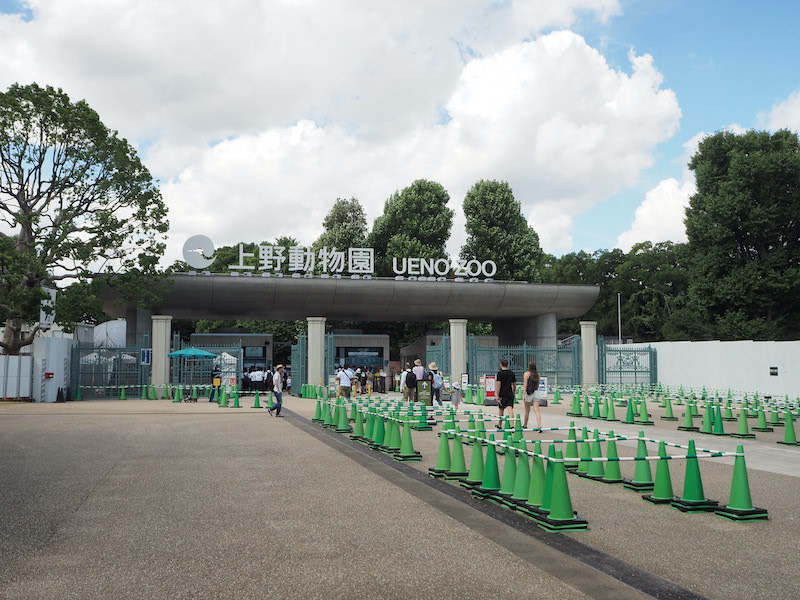
Ueno Zoological Gardens: The oldest and most visited zoo in Japan, home to approximately 500 species of animals. The most popular among them are the pandas, currently numbering four.

Ueno Toshogu Shrine: A shrine dedicated to Tokugawa Ieyasu, the founder of the Tokugawa Shogunate and the first shogun. Established in 1625, it’s a remarkably fortunate shrine that survived internal conflicts, earthquakes, and even air raids. Flanking its front are copper lanterns dedicated by Daimyo (feudal lords).

Five Story Pagoda: Established in 1631, this Buddhist facility was once located within the precincts of Kaneiji Temple. Standing at a height of 36 meters, it is now under the management of the Tokyo Metropolitan Government and situated within the grounds of the zoo.

Ueno Great Buddha: It used to be a 6-meter-tall Great Buddha (seated statue). However, it collapsed due to an earthquake and during wartime, its metal was requisitioned for military use, leaving only this facial part intact. It carries a sorrowful history. Yet, presently, it gathers popularity among students praying for success in exams, signifying a resolve to not face further misfortune and failures.
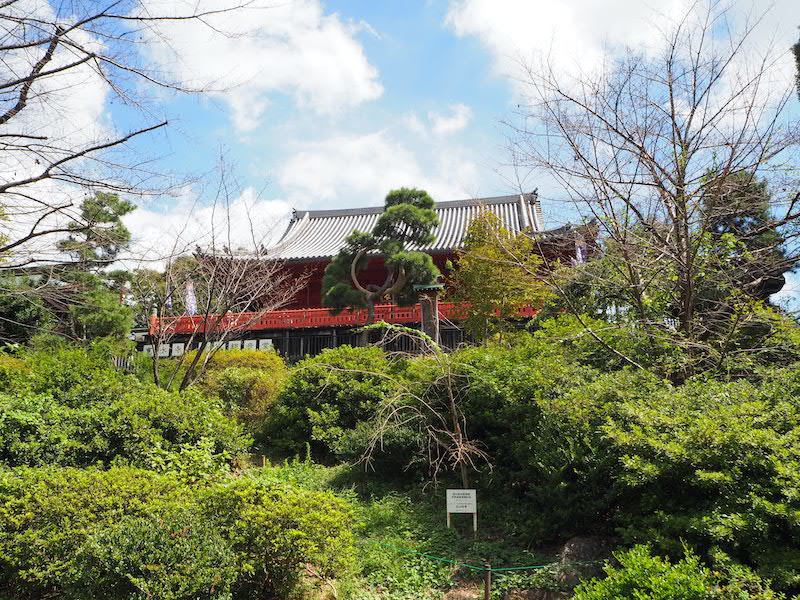
Kiyomizu Kannon Hall: The hall, constructed in 1631, modeled after Kyoto’s Kiyomizu Temple and built in Edo (present-day Tokyo). Though small, it features an attached stage. It stands as the oldest surviving structure within Ueno Park.

Shinobazuno-ike Pond: The monk who built Kaneiji Temple likened this pond to Lake Biwa. Presently, it’s divided into three sections: an area for boating, a section with planted lotus flowers, and a space where cormorants nest and breed.

Statue of Takamori Saigo: In Japan, it’s one of the most popular statues, second only to Hachiko. He was a leader who played a key role in overthrowing the Tokugawa Shogunate. Despite later rebelling against the Meiji government and being subdued, he’s honored in this place for being a beloved leader among the people.

